I'm on board with the Alfalfa, so.....
wwwonderwhiskers
11 years ago
Related Stories

WINTER GARDENING6 Reasons I’m Not Looking Forward to Spring
Not kicking up your heels anticipating rushes of spring color and garden catalogs? You’re not alone
Full Story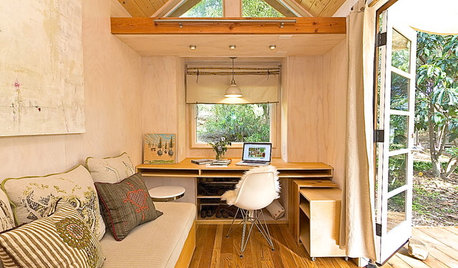
LIFEYou Said It: ‘I’m Never Leaving’ and More Houzz Quotables
Design advice, inspiration and observations that struck a chord this week
Full Story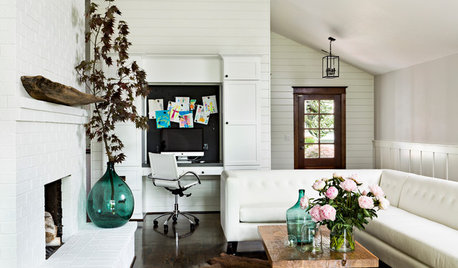
COLORYou Said It: ‘Adding Color Is About So Much More Than Shock’ and More
Highlights from the week include color advice, Houzzers helping Houzzers and architecture students building community housing
Full Story
PETSSo You're Thinking About Getting a Dog
Prepare yourself for the realities of training, cost and the impact that lovable pooch might have on your house
Full Story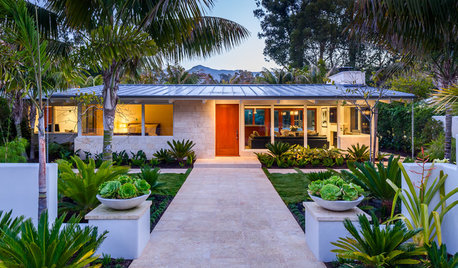
REMODELING GUIDESSo You Want to Build: 7 Steps to Creating a New Home
Get the house you envision — and even enjoy the process — by following this architect's guide to building a new home
Full Story
MOST POPULARSo You Say: 30 Design Mistakes You Should Never Make
Drop the paint can, step away from the brick and read this remodeling advice from people who’ve been there
Full Story
DECORATING GUIDESSo Your Style Is: Traditional
Smitten with classic home design? Use this primer to bring the best of the traditional look to your house
Full Story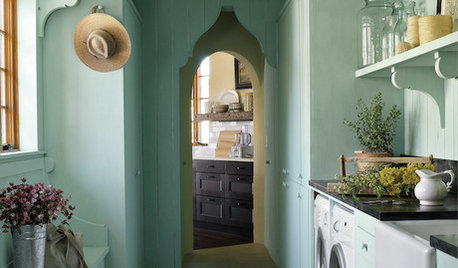
ROOM OF THE DAYRoom of the Day: A Laundry So Cheery, Wash Day Is Wonderful
Pretty paint and playful touches banish chore-day blahs in a laundry room designed for a magazine’s Idea House
Full Story
DECORATING GUIDESSo Your Style Is: Transitional
This sophisticated look hits the sweet spot between traditional elegance and contemporary cool for harmony in your home
Full Story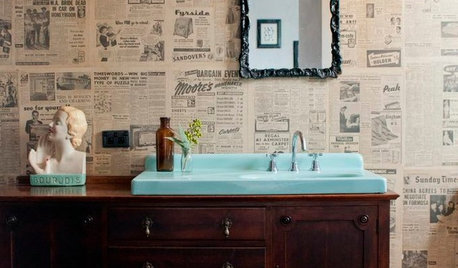
DECORATING GUIDESSo Your Style Is: Black, White and Read All Over
Make headlines at home with newsworthy decor
Full StoryMore Discussions







wwwonderwhiskersOriginal Author
wwwonderwhiskersOriginal Author
Related Professionals
Graham Landscape Architects & Landscape Designers · Avocado Heights Landscape Contractors · Alamo Landscape Contractors · Broadlands Landscape Contractors · Canyon Lake Landscape Contractors · Cerritos Landscape Contractors · Cincinnati Landscape Contractors · Deer Park Landscape Contractors · Dickinson Landscape Contractors · La Verne Landscape Contractors · Manhattan Landscape Contractors · New Berlin Landscape Contractors · Rockland Landscape Contractors · Tustin Landscape Contractors · University City Landscape ContractorswwwonderwhiskersOriginal Author
wwwonderwhiskersOriginal Author
wwwonderwhiskersOriginal Author
wwwonderwhiskersOriginal Author
wwwonderwhiskersOriginal Author
wwwonderwhiskersOriginal Author
wwwonderwhiskersOriginal Author
wwwonderwhiskersOriginal Author
wwwonderwhiskersOriginal Author
wwwonderwhiskersOriginal Author
wwwonderwhiskersOriginal Author
wwwonderwhiskersOriginal Author
wwwonderwhiskersOriginal Author
wwwonderwhiskersOriginal Author
wwwonderwhiskersOriginal Author
wwwonderwhiskersOriginal Author
wwwonderwhiskersOriginal Author
wwwonderwhiskersOriginal Author
wwwonderwhiskersOriginal Author
wwwonderwhiskersOriginal Author
wwwonderwhiskersOriginal Author
wwwonderwhiskersOriginal Author
wwwonderwhiskersOriginal Author
wwwonderwhiskersOriginal Author
wwwonderwhiskersOriginal Author
wwwonderwhiskersOriginal Author
wwwonderwhiskersOriginal Author
nearandwest
dchall_san_antonio
nearandwest
krnuttle
dchall_san_antonio
dchall_san_antonio
andy10917
nearandwest
tiemco
andy10917
dchall_san_antonio
nearandwest
andy10917
nearandwest
andy10917
dchall_san_antonio
andy10917
oberci
andy10917
dchall_san_antonio
oberci